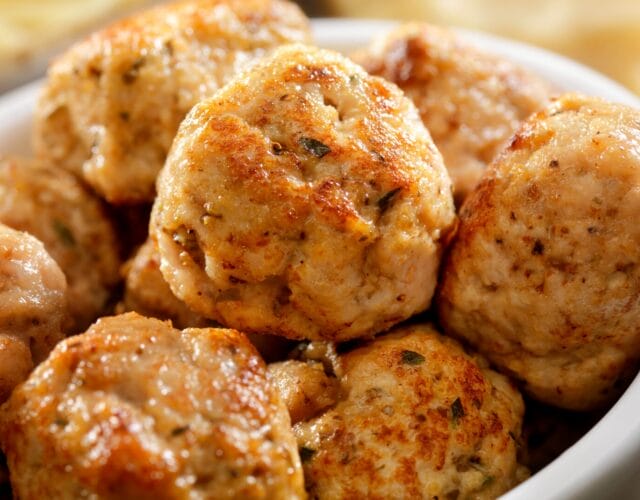As you might have seen on my Introduction page, I am a local pediatrician with one important Mission: Motivating Children to Change. After numerous encounters with children and adults in my clinic, I have learned that I can appeal to my younger patients more effectively then their parents. Children are excited to learn, to understand, to improve, and to be better. Adults, well, we are stuck in our ways and we dislike change.
Therefore, based on my extensive knowledge on nutrition and health, and my ability to communicate AND reach children, I developed an education program for the Elementary School classroom. With the assistance of a dear friend, Heather Fisher, who has a Maters Degree in education, we have fine tuned and implemented this program to the third grade classrooms at Beverly Woods Elementary School this past week.
Over the course of one week we taught 5 third grade classes about what nutrition really means and how that impacts the human body. The kids were excited, interested, and eager to participate. Mrs. Kennedy, the Health and PE teacher, was very involved with the presentation, and became and integral part of the program’s implementation. Furthermore, our program aligns with the Charlotte Mecklenburg School System (CMS) required curriculum for third grade.
The Program
It is made up of 4 easy and interactive lessons.
- Children driven comparison on how food affects animal bodies
- If you can’t read it, don’t eat it – a lesson in reading labels
- Rethink your breakfast and your drink
- The link between nutrition and fitness


A summary of the lesson goes home with each child to be reviewed with their parents.
The Cost
Free at this time as we continue to attract attention to this very important topic that gets little attention in the current school curriculum due to the numerous state and local government requirements on education.
The Future
The program is easily modified for other school grades in the elementary school. We picked third grade because of the CMS outlined education requirement (see below). At this time, Beverly Woods Elementary School would like for us to come back and teach fourth and fifth grade students as well. Other programs on fitness and sleep are in the works, and I will continue to develop these over the next several months.
The CMS Curriculum for 3rd Grade Nutrition Essential Standard and Clarifying Objectives 3.NPA.1 Apply tools (MyPlate, Food Facts Label) to plan healthy nutrition 3.NPA.1.1 Use MyPlate to eat a nutritious breakfast each morning. 3.NPA.1.2 Check the Food Facts Label to determine foods that are low in sugar and high in calcium.
What does this standard mean a child will know and be able to do? 3.NPA.1.1 Use MyPlate to eat a nutritious breakfast each morning.
The student will identify at least 6 foods he or she would eat for breakfast from each of the MyPlate food groups and combine them into breakfast meals and snacks.
3.NPA.1.2 Check the Nutrition Facts Label to determine foods that are low in sugar and high in calcium. Many children consume too much sugar and not enough calcium. The Nutrition Facts Label is a good source of information about the foods that are purchased and eaten. The Label tells the serving size, what ingredients and nutrients are in the food. By learning to read a label, a child can plan simple meals to get nutrient-dense foods, avoid over-eating by controlling serving sizes, and avoid ingredients that could cause an allergic reaction.
The student will apply the Nutrition Facts Label to select foods that are lower in sugar.
Essential Standard and Clarifying Objectives 3.NPA.2 Create strategies to consume a variety of nutrient-dense foods and beverages and less calorie-dense and empty calorie foods.
3.NPA.2.2 Categorize beverages that are more nutrient-dense.
Tomato juice, carrot juice, V8 and vegetable-based juices combined with fruit juice are now available and may appeal to young children. It is important to check labels for the sugar content and source. There are many sugary sodas, fruit drinks, powder mixed drinks and energy drinks that are not recommended for children because they are linked to childhood obesity. Sugar in drinks, particularly high fructose corn syrup along with caffeine cause students to have high and low mood swings. Most physicians now recommend milk and water as the primary choice for children’s beverages. The student will explain why milk and water are the two main recommended beverages for children. The student will identify beverages that are associated with obesity and mood swings in children. The student will view juices and sodas with high sugar content as beverage treats used occasionally rather than for daily consumption.
If interested in speaking with me about how this presentation can fit into your school curriculum, please contact me at [email protected]




